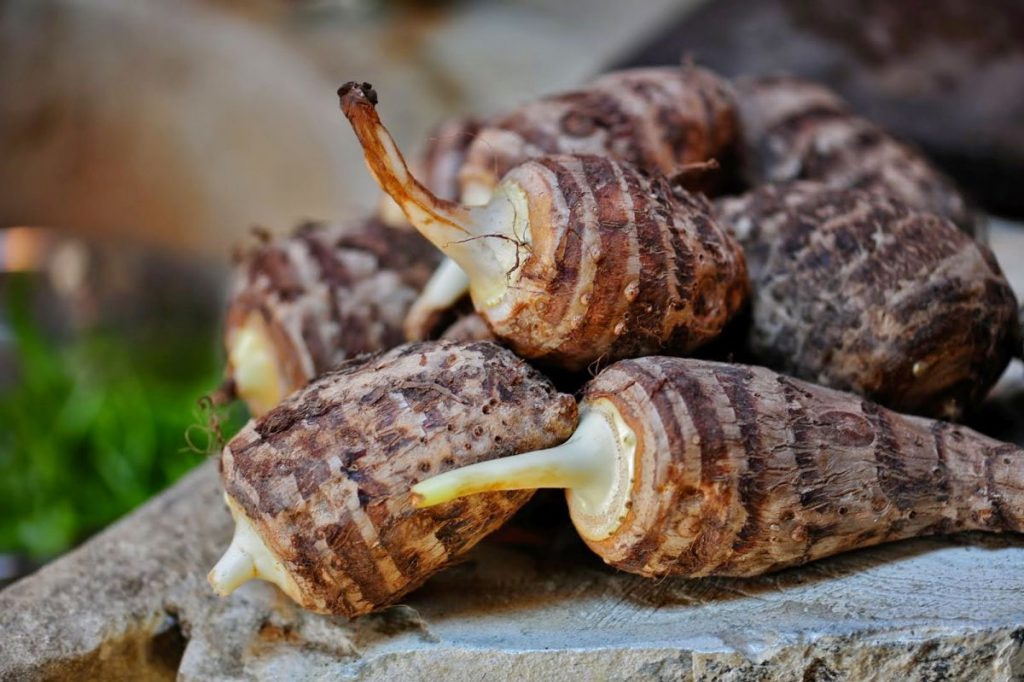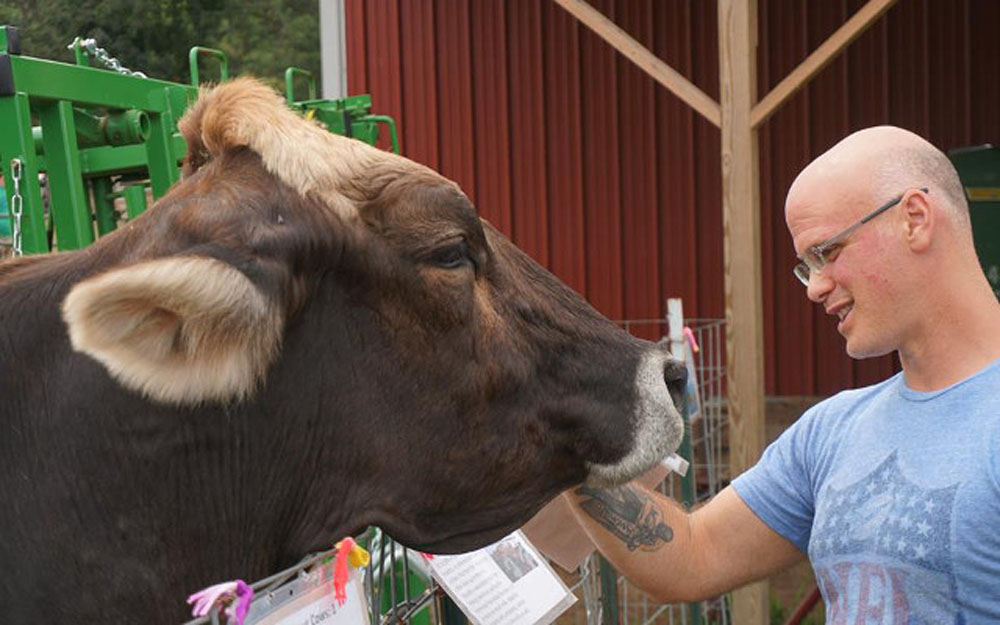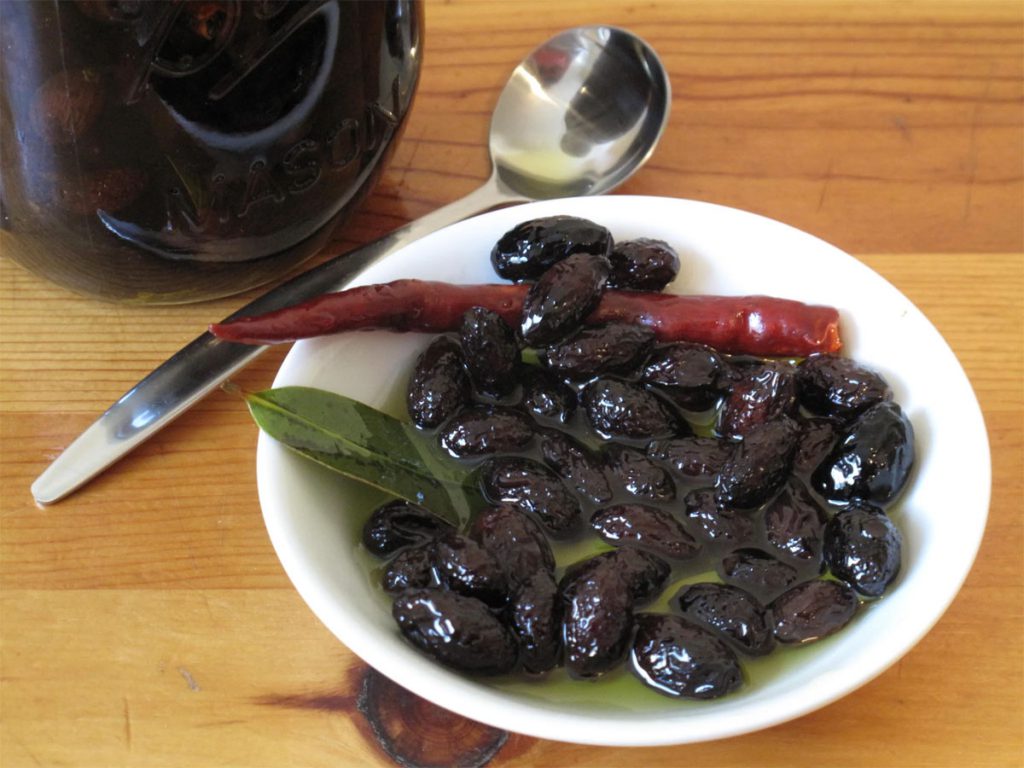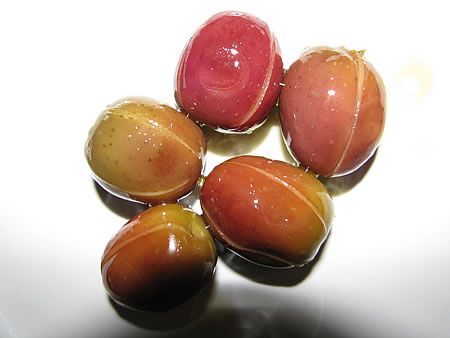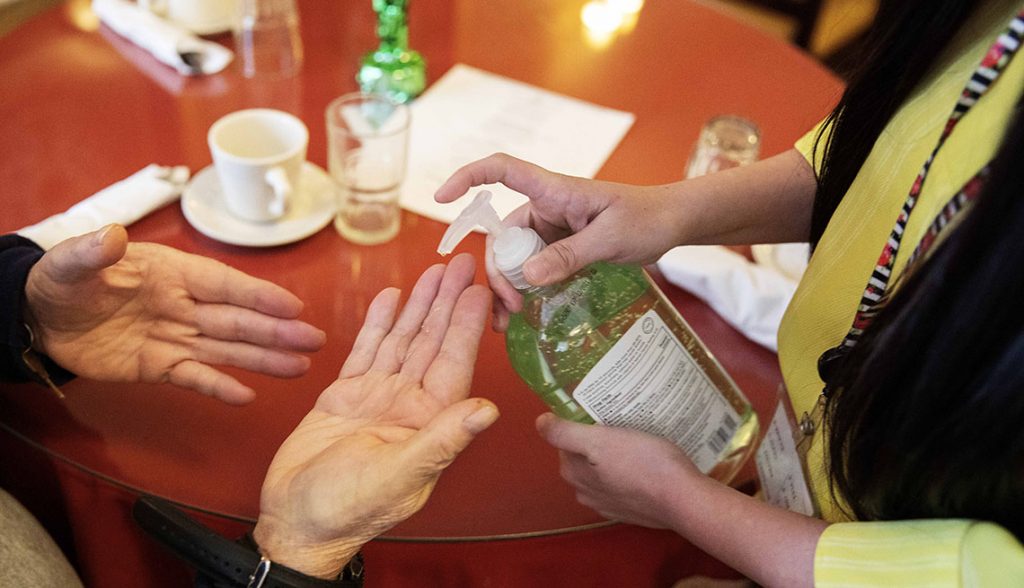I had promised my friend Valentinos Theofilou that I would write an article about Taro root (Kolokasi).
I learned about taro root from Valentino who I met by chance while travelling to Komotini, Greece.
Young, Cypriot, student at the University of Piraeus, we had an interesting conversation about many issues on the way to Komotini.
He told me that in Cyprus they grow Kolokasi (taro root). What is that I asked him, as it was the first time I heard that name. He tried to describe it to me, but it was difficult.
I did a little research and this is what I found about this interesting plant.
What is taro root (kolokasi)?

The plant known in Cyprus as Kolocasi, taxonomically belongs to the Family Araceae (monocot plants) and the genus Colocasia. The genus includes the species Colocasia esculenta and is found in many parts of the world, including Cyprus.
In Cyprus, Colocasia has been in use since the Roman Empire. Today it is known as kolokasi (Kολοκάσι). It is usually cooked with celery and pork or chicken, in a tomato sauce in casserole. “Baby” kolokasi is called “poulles”: after being fried dry, red wine and coriander seed are added, and then it is served with freshly squeezed lemon. Lately, some restaurants have begun serving thin slices of kolokasi deep fried, calling them “kolokasi chips”.
The name of the plant (colocasia) is related to its Latin name (Colocasia esculenta).
The English term taro was borrowed from the Māori language when Captain Cook first observed Colocasia plantations there in 1769. The form taro or talo is widespread among Polynesian languages: taro in Tahitian; talo in Samoan and Tongan; kalo in Hawaiian; taʻo in Marquesan.
Colocasia is related to Xanthosoma and Caladium, plants commonly grown as ornamentals and as such are sometimes vaguely called “elephant ear”.
It is, however, a plant mainly of the tropics and is largely cultivated in the Pacific Islands, parts of Asia and West Africa.
The colocasia was probably originally native to the lowland wetlands of Malaysia (taloes). There are estimates that the taro was in cultivation in humid tropical India before 5000 BC, probably originating in Malaysia and from India, it moved further west to ancient Egypt, where it is described by Greek and Roman historians as an important crop. In India, it is known as “gaderi”, with the smaller ones called “arbi” or “arvi” being more common and more popular. In Indonesia, it is called “talas” or “keladi”.
In Australia, Colocasia esculenta var. aquatilis is native to the Kimberley region of Western Australia; the esculenta variety is naturalized in Western Australia, the Northern Territory, Queensland and New South Wales.
In Turkey, colocasia edible is locally known as ‘golevez’ and is grown mainly on the Mediterranean coast, such as in Alaya, which is a region of Antalya.
Although a tropical plant, it seems that species adapted to the conditions in Cyprus (as well as Syria and Egypt) like a dry climate with high irrigation needs.
The kolokasi (Taro) is cultivated in Cyprus for its edible stems, namely the “mappes” and “pulles”, which are rich in starch, protein and vitamins. Both “mappes” and “pulles” grow below the surface of the soil. The word “mappes” refers to the central bark, which is located immediately below the surface of the soil and is identified by name as the “Saviour’s Kolokasi”. The word “‘pulla” refers to the trunks which form the secondary or daughter coves and which grow sideways and is designated by name as “Kolokasi-Pulles Sotiras”.
Ikaria (Greek island) and Kolokasi (Taro)
Taro (Kolokasi) is also cultivated in the Greek island of Ikaria. The island became known for the longevity of its inhabitants, in addition to its beauty.
Natural characteristics of the Taro plant
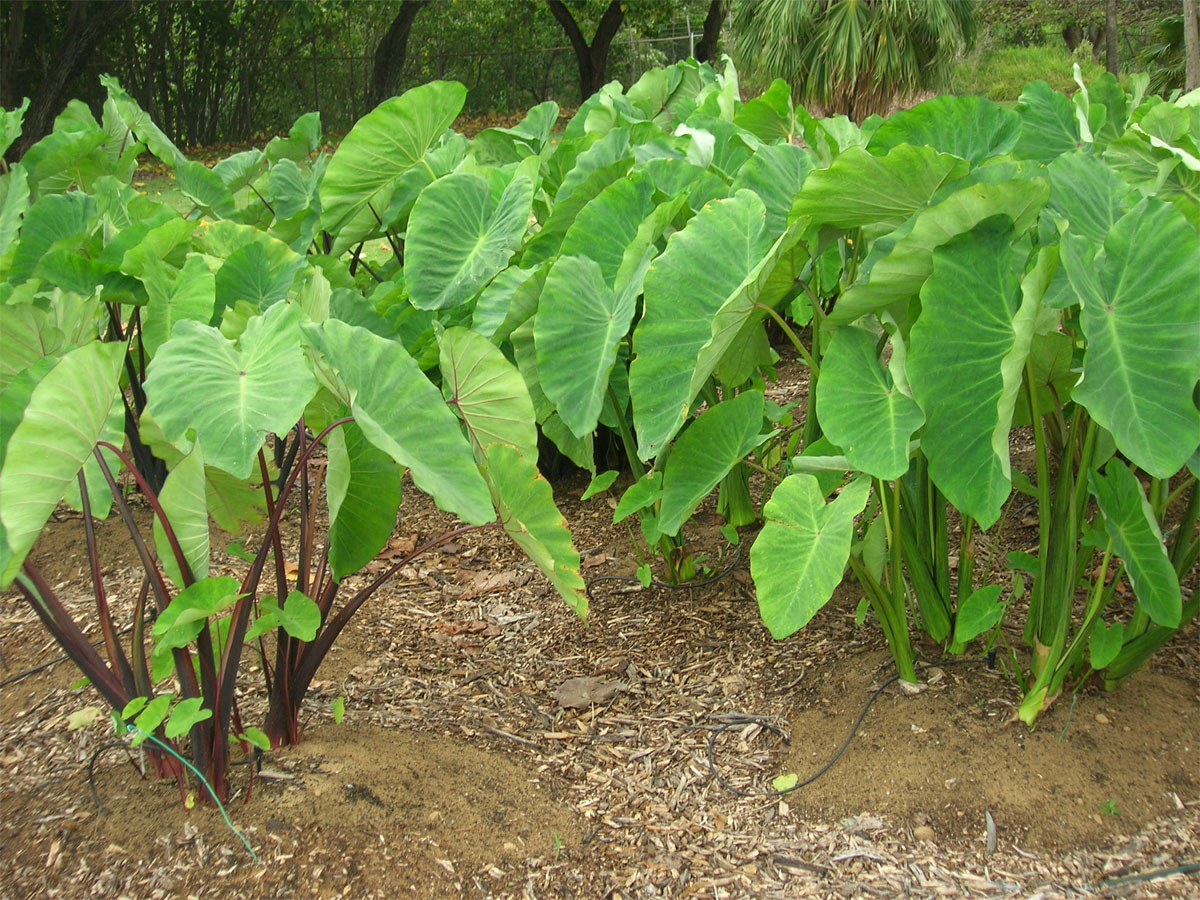
Taro (Kolokasi) is a herbaceous plant whose above-ground part reaches a height of 1.50 – 2.00 meters. The root system is sacrificial (i.e. there is no central root) and the bulk of the root system is found approximately one meter below ground level.
The leaves of the plant (which is the only part of the plant above ground) consist of the stem and the blade. The stem has a spongy texture on the inside while the leaf lamina is shiny and thick. The inter-genital spaces of the stem are ring-shaped and the stem develops daughter stems during its growth.
Buds are found only on the first ring (apical ring) and this part can be separated and used as propagating material, because the plant very rarely flowers and therefore does not produce seeds.
Characteristics of the “Saviour’s Kolokasi”
Physical characteristics
Shape: A distinctive physical characteristic of “Saviour’s Kolokasi” is the shape of the mappa, which is cylindrical with the largest diameter near the middle of the stem and a slightly circular to pointed tip.
Size: Its length is defined as a maximum of 30 cm and a minimum of 10 cm, while its diameter is defined as a maximum of 15 cm and a minimum of 5 cm.
Organoleptic characteristics
Texture: Uneven surface with irregularly shaped buds and/or other very small bumps.
External color: The mappa (Saviour’s Kolokasi) is light brown in color, with deeper shades. The “foot” at the base of the mappa, also known as “musulos” by local producers, is described as off-white in color, almost identical to the internal color.
Flesh color: The color of the flesh ranges from off-white to slightly yellow (pale) and does not change substantially during cooking. Very small brown dots cover the entire surface, which is relatively moist, as a result of the presence of calcium oxalate salts which make “Saviour’s Kolokasi” (and all types of taro in general) unfit for human consumption as a fresh product. The taro (kolokasi) should be roasted or boiled to make them suitable for consumption. The surface of the flesh is smooth and contains very small starch grains.
Odor: Neutral to odorless.
Characteristics of “Kolokasi-Poulles Sotiras”: – The taste is not very good
Physical characteristics
Shape: The shape of the “Kolokasi-Poulles Sotiras” is shaped in such a way that its particular characteristics are its curvature and its smaller and thinner size compared to the mappa and its pointed upper part.
Size: No minimum or maximum limits are specified.
Organoleptic characteristics
Texture: Uneven surface with irregularly shaped buds and/or other very small bumps.
External color: Light brown in color, with deeper shades.
Flesh color: The color of the flesh is off-white to slightly yellow (pale) and does not change substantially during cooking.
Odor: Neutral to odorless.
Tora (Kolokasi) Uses
The main use of the Tora (Kolokasi) is the consumption of its edible corns and leaves. In its raw form, the plant is toxic due to the presence of calcium oxalate and calcium oxalate or calcium silicate crystals found in the plant tissues in the plant cells. However, the toxin can be minimized and the corn becomes palatable by cooking, or by overnight soaking in cold water.
The corns of the small round variety (pullets) are peeled and boiled and are sold either frozen, packed in their own liquid or canned. The leaves are rich in vitamins and minerals.
The Tora (Kolokasi) and poulles are quite a common food in Cyprus. The plant is intensively cultivated in the village of Sotira Famagusta. At the beginning of September every year, the Tora (Kolokasi) festival is held in the village.
It is also sold as an ornamental aquatic plant.
Cleaning
Do not wash the Taro (Kolokasi) externally because it gives off a slimy liquid.
Instead of washing it, we clean it thoroughly with paper or a wet towel and then remove the skin by cutting it off with a knife.
You can also boil it as it is and then remove the peel. Never eat it raw (as already mentioned above) because it contains toxins that are inactivated by boiling.
Recipes from Cyprus with Taro (Kolokasi)
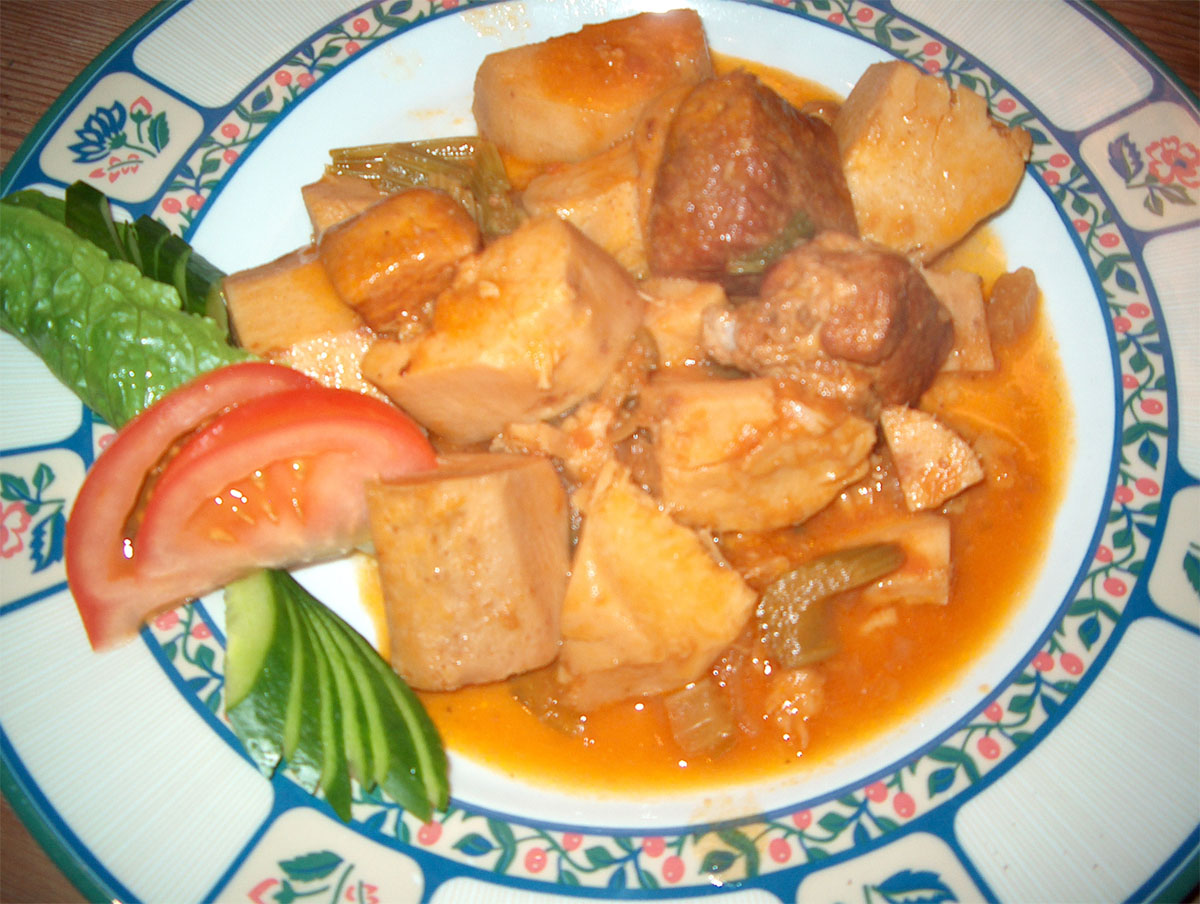
Taro (Kolokasi) with pork and celery
Taro (Kolokasi) to eat and break
Taro (Kolokasi) on the fireplace
Oven Baked Taro (Kolokasi) (vegetarian)
Pork with Taro (Kolokasi) in yoghurt sauce
International recipes with Taro (Kolokasi)
15 Best Taro Recipes to Make With the Root
21 Sweet & Savory Taro Root Recipes You Need To Try
6 Easy And Tasty Asian Taro Recipes To Cook At Home
Sources
QUIZ: which vegetable meets 20% of our daily requirement of vegetable iron?

